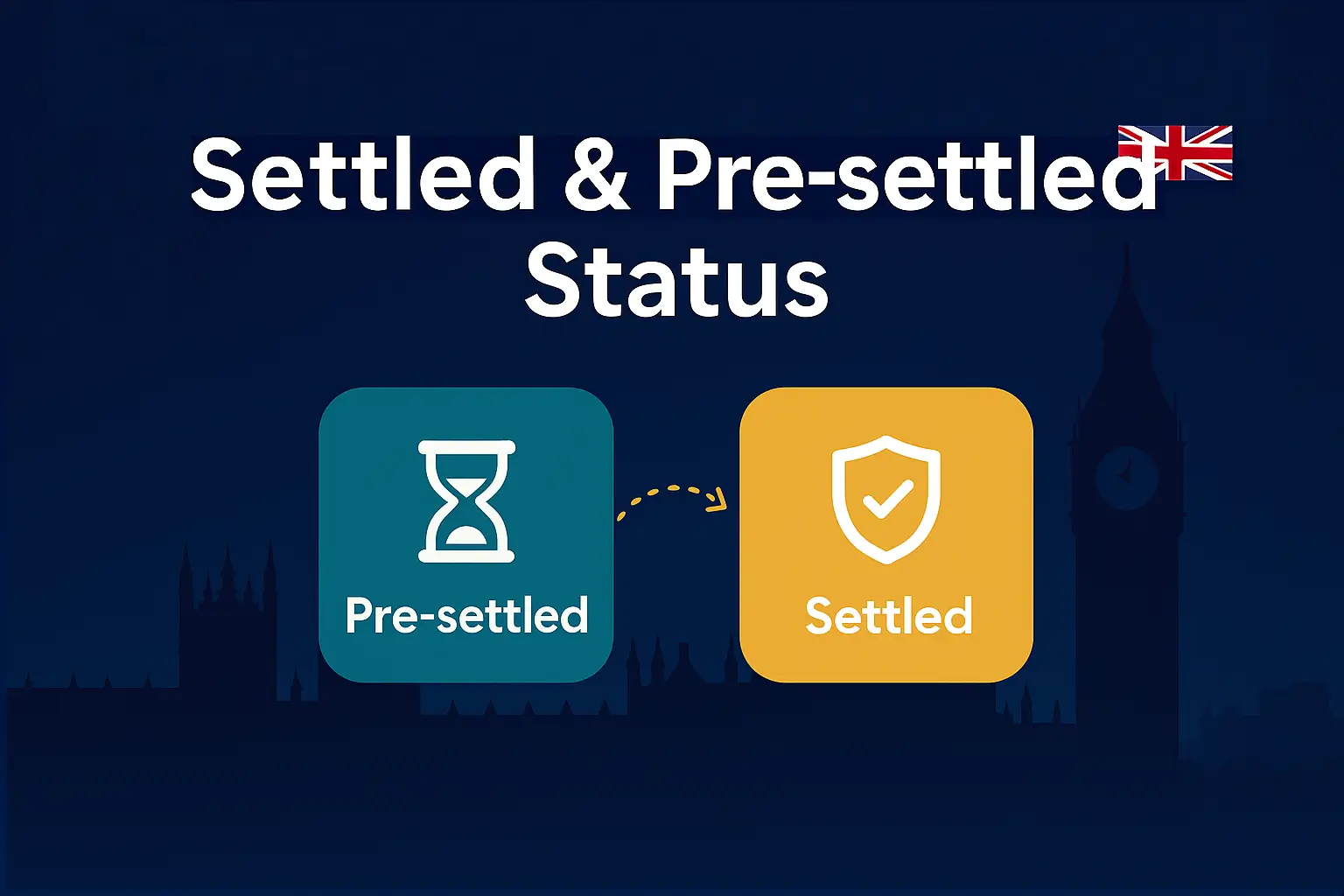A CV, also known as a Curriculum Vitae, is a mandatory part of applying for any job. Not only is it important to have a CV, but it is very important to have a CV that stands out. A good CV not only shows your academic qualifications and your professional experience but also shows your professionalism.
Simply put, if you are serious about getting a job, you need to have a CV that proves you are serious about getting the job! But how to write a CV is a tricky question. So read on as we explain not only how to write a CV but also give you a few fun tips and tricks that are guaranteed to get you a job!
Let’s get started.

What should I include in my CV?
The first part of learning how to write a CV is to know what information is absolutely necessary to mention in your CV.
1. Contact Details.
You need to include your full name, mobile number, and email address. A home address is not necessary. Your age or date of birth is also not required. You don’t need to add a photograph either. So just make sure the CV includes ways to contact you in case the employer wants to get in touch. That’s all!
![]()
2. Personal Statement.
Although this is not strictly necessary, when it comes to how to write a CV, it can be an important way to convince employers. This part shouldn’t be longer than a few lines.
It should only include a few key details, such as key qualities that might be important for the particular role you are applying for. The personal statement should also include what your career goals are, both long-term and short-term.

3. Work experience.
List your work experience at the beginning, right after your personal statement, especially if you have been in the field for a couple of years and have a good number of years of experience.
List your last-held work experience first, and list the rest in reverse date order. Make sure to list your work experience in reverse date order.
Similarly, another key thing is to mention any details that are relevant to the job you’re applying for. This should include all details such as your job title, your key responsibilities, the name of the organisation you worked for, plus how long you worked there.

If you don’t have too much work experience, don’t panic! Just write the experience section after the education section to draw attention to your academic qualifications rather than your limited experience.
4. Education.
The Education section needs to include all previous education, including professional qualifications.
Remember to date all your qualifications. Place the most recent first. Don’t forget to include qualification type/grades and dates. Include your GPA or cGPA only if it’s particularly high. There is no reason to include your GPA otherwise.

5. Skills and achievements.
When it comes to, how to write a CV, no CV is complete without the Skills section. This is the fun part! The skills you list should be relevant to the job.
If you work with a lot of different softwares in your career, make sure to mention that. If there is a specific tool that is important for the job you are applying for, make sure to mention that as well. You can also write about any interesting languages you might speak, as well as other relevant skills.

6. References
This is the last and easiest part of how to write a CV. Some employers like to ask for references before they can decide whether they want to hire you or not. At this stage, you don’t need to give names or contact details. You can just say “References can be provided upon request” and leave it at that!
Now that we’ve covered all the sections that have to be included in the CV, let’s move on to the fun part! The UK job market is becoming more and more competitive every day, and it’s difficult to get a job interview, let alone a job! So, what are some tricks you can use to make your CV stand out? Let’s talk about them.

- Use a basic and readable font. Times New Roman is a good one, so if you are confused about what to do, stick to that! You can also use Calibri.
- Keep the information to the point. Don’t write unnecessary details
- Make your CV easy to read
- Don’t use a font smaller than 11
- Use headings and bullet points to make scanning the CV easier; keep in mind the person reading the CV probably doesn’t have a lot of time.
- Your CV should be kept under 2 pages. The ideal length is 1 page, but it can be increased to 2 if you have a lot of experience.
- Get someone else to proofread it and ask for their feedback.
- Tailor your CV personal statement to each role. This means you need to add keywords!
- Be honest

Tailor the CV for the job you want
So, now that we’ve learned how to write a CV, the question is: how do we tailor the CV for each application?
Well, just as no two jobs are identical, neither should the CVs be. To make sure your CV is perfect for the job you are applying for, here’s what you are going to do. Pay close attention to the job description. Find keywords and specific requirements, and make sure to write them in your CV. You can add it to the personal statement section or in the experience section.

Another thing you can do is focus on experiences and achievements that align with the role.
We have answered your question about how to write a CV. By following these tips and tricks, you can create a CV that stands out in the UK job market!
A strong CV gives you a very good chance of landing your desired role. So, take the time to perfect your CV, and you’ll be able to get your dream role in no time! And, if you need any help, Enrollmate is here for you!








